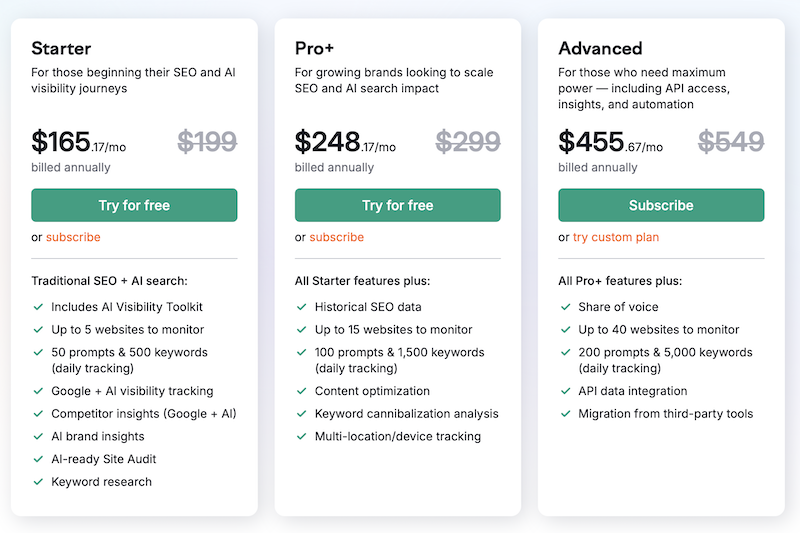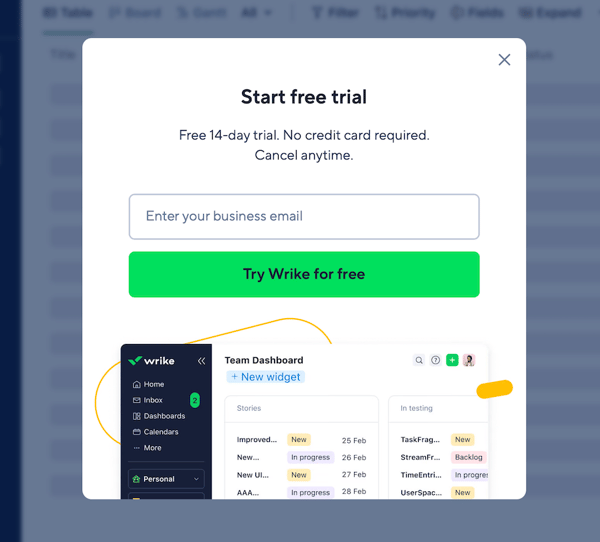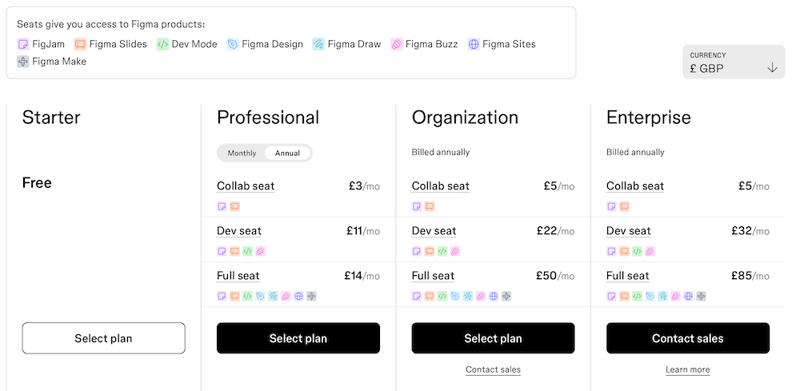Freemium or premium? What your pricing model says about your startup
Your pricing model isn’t just about money, it sends a message to your customers.
Manage your equity and shareholders
Share schemes & options
Equity management
Migrate to Vestd
Company valuations
Fundraising
Launch funds, evalute deals & invest
Special Purpose Vehicles (SPV)
Manage your portfolio
Model future scenarios
Powerful tools and five-star support
Employee share schemes
Predictable pricing and no hidden charges
For startups
For scaleups & SMEs
For larger companies
Ideas, insight and tools to help you grow
3 min read
 Graham Charlton
:
04 November 2025
Graham Charlton
:
04 November 2025

When you land on a SaaS pricing page with three familiar tiers, Free, Pro, and Enterprise, it’s not because the product team lacked imagination.
It’s because this structure is designed to guide decisions. The pricing ladder exists for a reason: it helps customers compare, justify, and choose.
If you’re a founder or pricing lead, this matters because your pricing page is much more than how much you charge.
It’s a story about value, credibility, and positioning. Get the tiers right, and you’ll help customers self-select. Get them wrong, and you risk confusing or underselling your product.
This article breaks down:
By the end, you’ll know how to refine your pricing ladder so it tells a clearer story about value, and converts more of the right customers.
In SaaS pricing, it’s choice architecture - how choices are presented - that drives behaviour.
The way in which choices are structured can have a big influence on decision making.
For example, if you show too many options this can be too much for prospects. Show too few and you miss the chance to capture value from different segments.
Research from the University of California found that conversion rates peak when customers face three pricing options, not two or six.
Here’s why:
This is often referred to as the compromise effect: when presented with three options, most people avoid the extremes and pick the middle.
Presenting three tiers is not just about tradition, it’s underpinned by psychology.
Pricing isn’t about numbers alone. It’s about context.
Adding a higher-priced Enterprise plan creates a reference point that makes mid-tier options feel reasonable.
A classic pattern would look something like this:

Relatively few buyers are likely to choose Enterprise, but its presence makes £49 look affordable.
This is known as the decoy effect. A high-priced plan makes another option appear more attractive by comparison.
The result is often a clear middle path that feels like the smart decision.
Your top pricing tier doesn’t just sell to big accounts, it helps every other customer justify their spend.
Free tiers and trials are powerful, but they serve very different purposes. Choose the wrong one and you’ll attract the wrong kind of users.

When to use which:
Match your entry model to your market and sales motion.
While Free-Pro-Enterprise remains the norm, modern SaaS companies are blending usage-based pricing with tiered plans to scale with customer success.

Usage-based models can boost retention because customers perceive pricing as fair and scalable.
It’s important to be aware of adding complexity though, as every new variable can lead to more friction.
The best pricing ladders tell a clear story, such as ‘start small, grow seamlessly. Use caps and add-ons instead of extra tiers if you can.
Hybrid models extend flexibility, but simplicity still wins.
Your pricing page positions your brand as well as informing buyers.
A clear, confident pricing ladder shows that you understand your audience and your value. A cluttered one implies confusion. Every label, every price point, every CTA tells a story about who you are.
Behavioural research from Harvard Business School shows that pricing presentation directly influences perceived fairness and trust.
So think beyond revenue optimisation. Ask:
Even proven pricing ladders can go wrong. The two biggest pitfalls are:
Audit your pricing by asking:
When in doubt, simplify. Complexity rarely converts. A pricing ladder only works when clarity and contrast are deliberate.
The SaaS pricing ladder endures because it reflects how people actually make decisions. Three options reduce friction, create anchors, and communicate credibility.
Use your top tier as a signal of value, not just a revenue driver.
Pick your entry model (freemium or trial) intentionally. Experiment with usage-based elements, but protect simplicity. And above all, remember that your pricing page is part of your brand story.
Look at your pricing page. Does it tell a confident, simple story about your product? Or does it make people think too hard?
If it’s the latter, it’s time to rebuild your ladder.

Your pricing model isn’t just about money, it sends a message to your customers.

Your pricing model is a powerful signal. It tells the market who you are, what you stand for, and why you matter.

1 min read
When an award is tied to the company’s equity, there is no such thing as a free lunch: the economic cost of the award must be recognised in the...